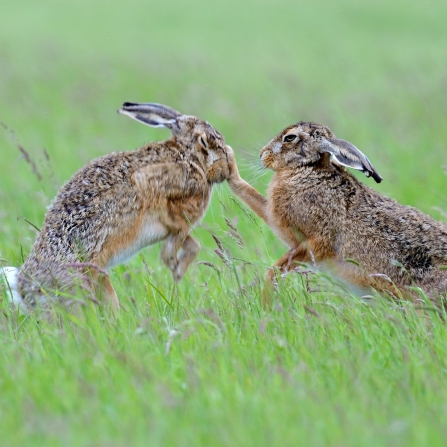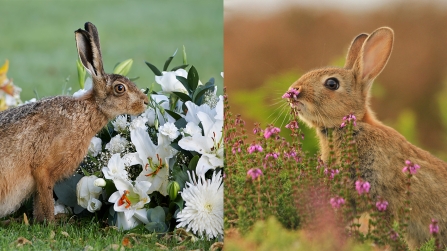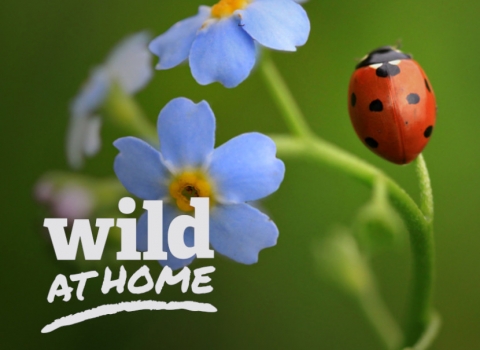Why do hares box?
Like for most wildlife, spring is the hares’ breeding season. In March and April, male hares will be looking for females to mate. Contrary to popular belief, it is not two male rivals that box. The males will literally chase females which will often get fed up with so much attention - that's when the boxing match begins! She turns around and wallops the male to discourage him and sometimes to test his stamina. It looks like they’re boxing because the female and male are on their back legs, hitting each other with their front paws. They can even pull out fur!
It's not just boxing they are good at. Hares are true Olympic athletes, as they’re also amazing sprinters. They can reach 40 miles per hour when they run at full pelt.




